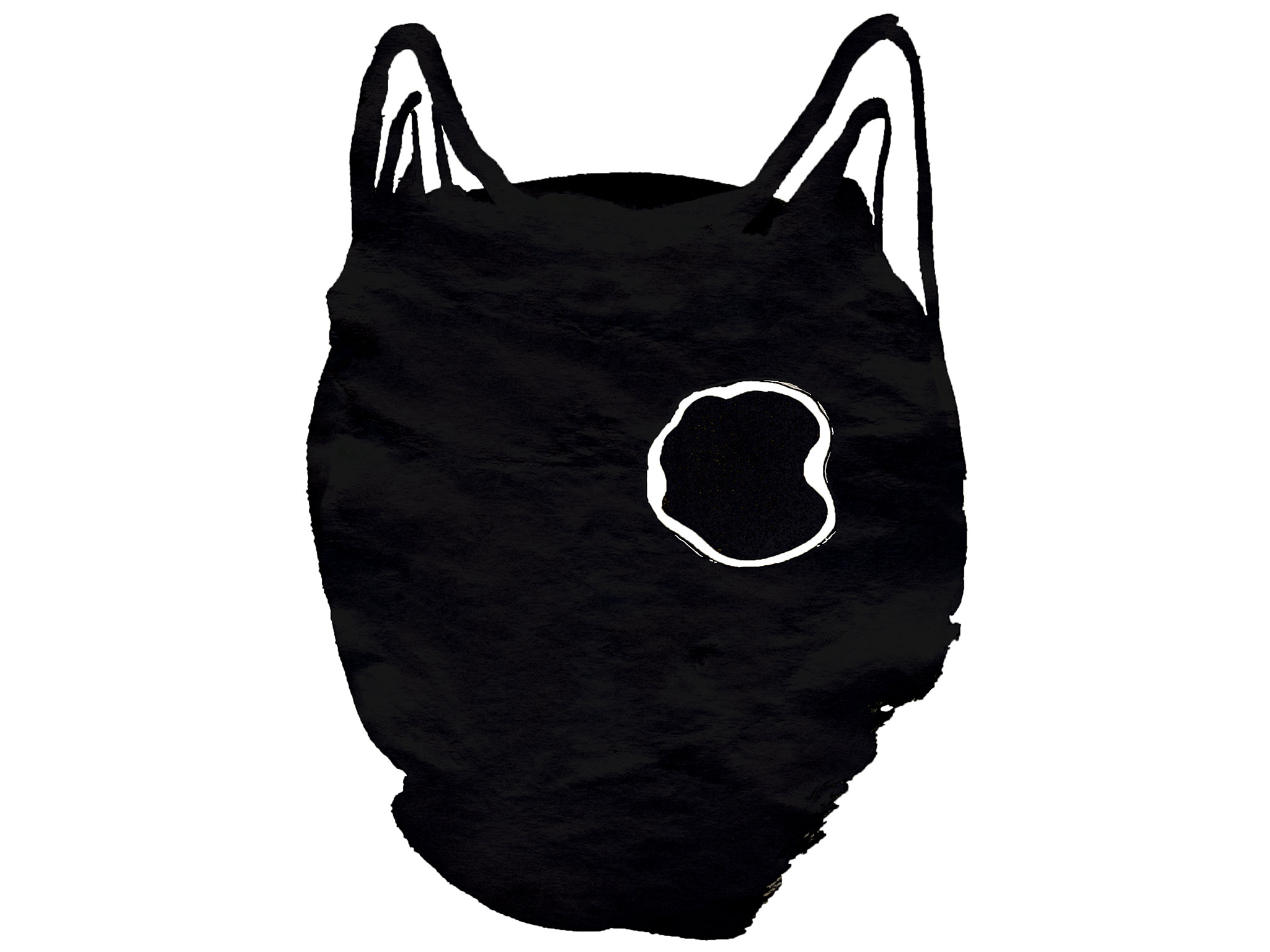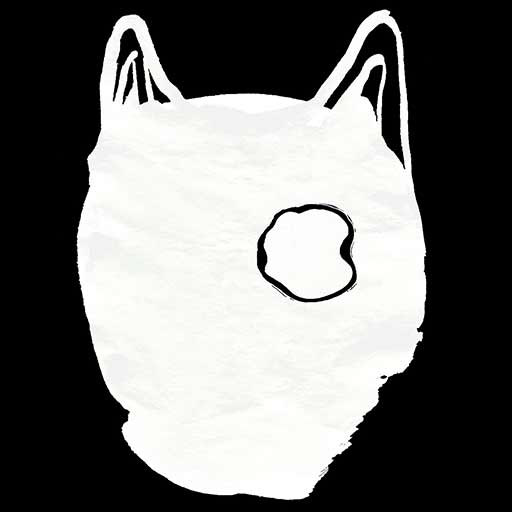Space for thinking between the images:
on the genesis of the 'photographic collection' as an artistic genre
Ludwig Seyfarth reflects on the Found Photo Foundation
In Dear Aby Warburg, what can be done with images?
Museum für Gegenwartskunst Siegen
[see ESSAY]

